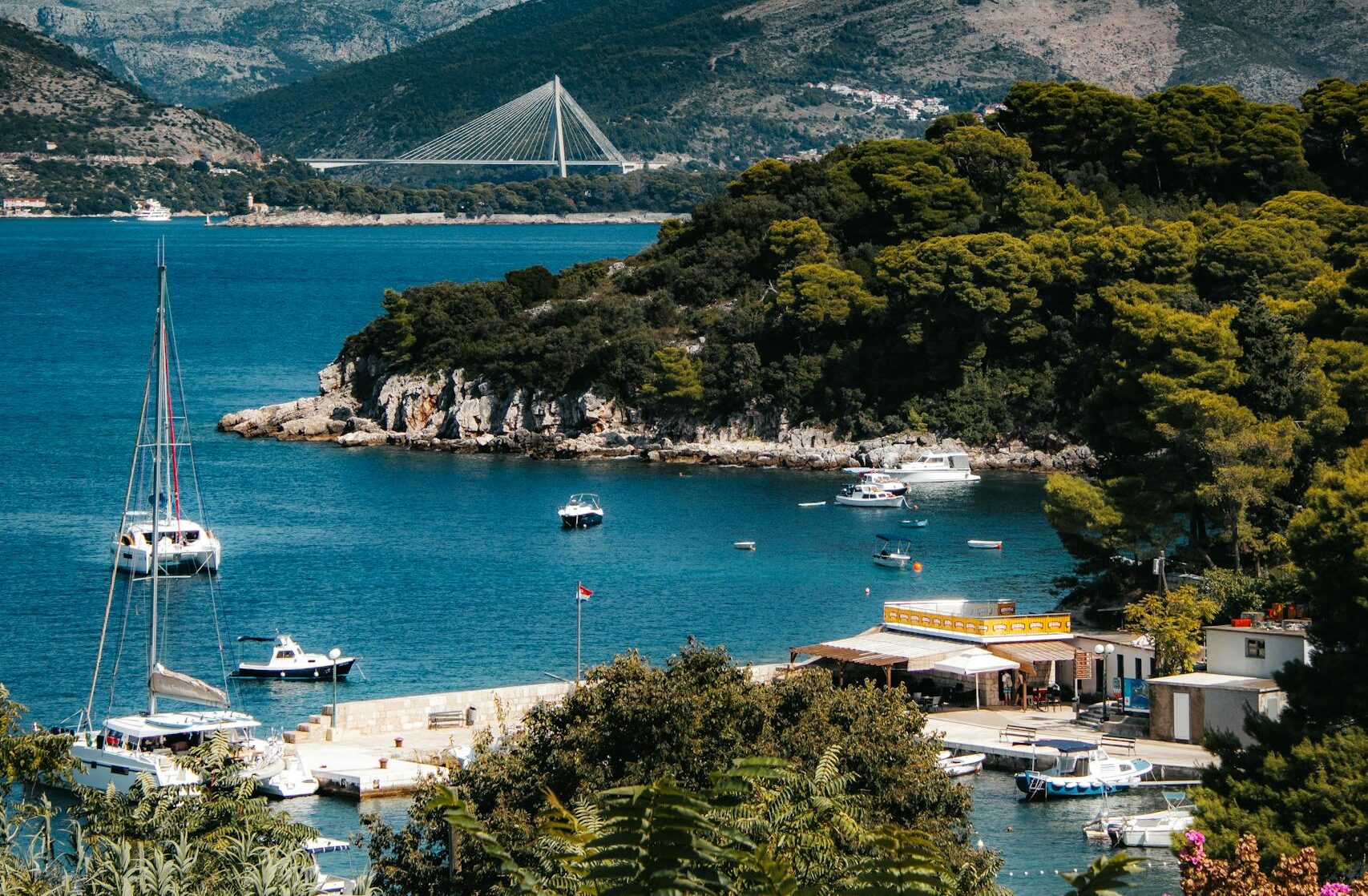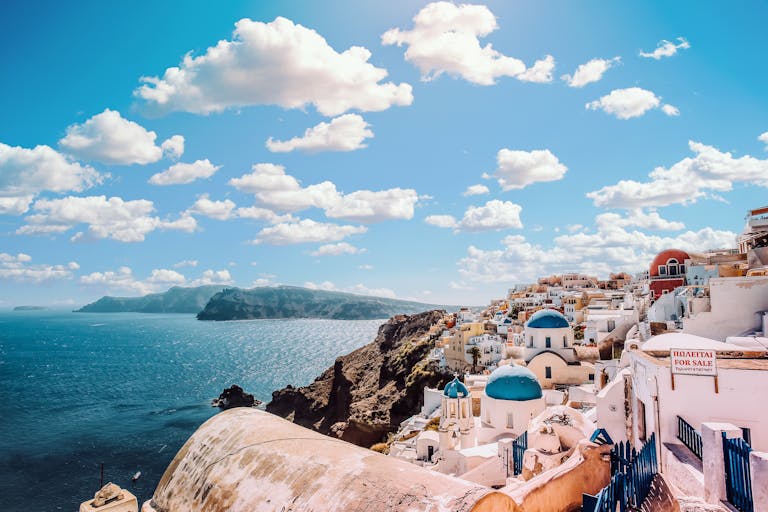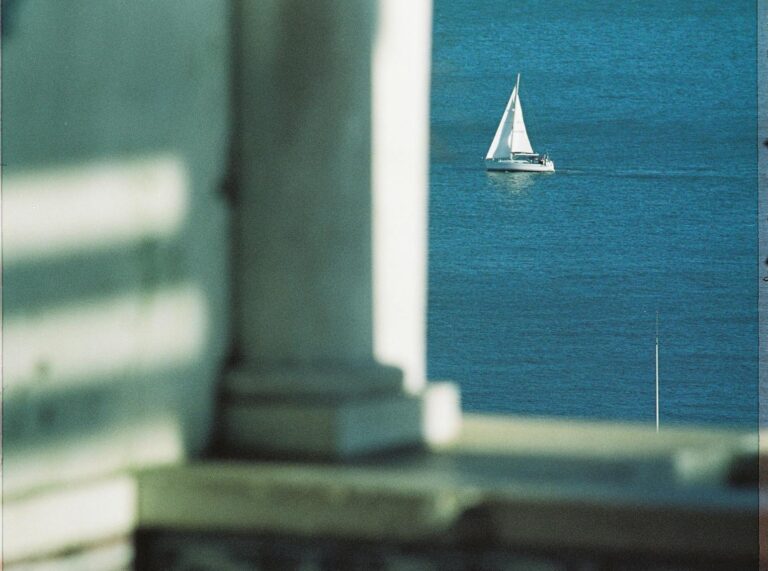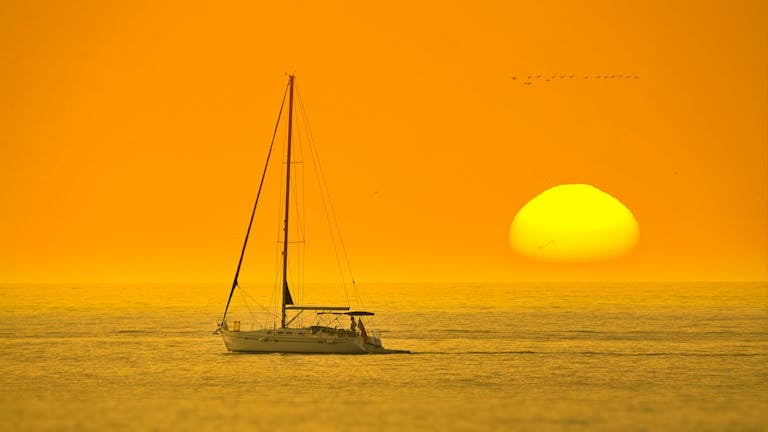Sailing in Croatia

Croatia’s Adriatic coastline has emerged as one of Europe’s premier sailing destinations, offering an enchanting blend of crystal-clear waters, historic ports, and over 1,000 islands. This comprehensive guide will navigate you through everything you need to know about sailing in Croatia, from selecting the perfect season to understanding local maritime regulations.
Croatia’s Adriatic Coast: A Sailor’s Dream Come True
The Croatian coastline stretches over 1,800 kilometers, featuring a dramatic landscape where towering limestone cliffs meet turquoise waters. This sailing paradise boasts one of the most indented coastlines in the Mediterranean, creating countless natural harbors and sheltered bays perfect for anchoring.
The region’s unique combination of Mediterranean climate, steady winds, and well-maintained maritime infrastructure has earned it recognition as a world-class sailing destination. With over 50 fully equipped marinas and numerous anchorages, sailors can enjoy modern conveniences while exploring unspoiled nature and centuries-old coastal towns.
Best Time to Set Sail: Navigate Croatian Seasons
The prime sailing season in Croatia runs from April to October, with July and August marking the peak tourist months. During these summer months, temperatures hover between 25-30°C (77-86°F), and the reliable maestral wind provides perfect sailing conditions, typically blowing 10-20 knots from the northwest.
Spring (April-May) and autumn (September-October) offer more moderate temperatures and fewer crowds, making these shoulder seasons increasingly popular among experienced sailors. While winter sailing is possible, it’s recommended only for seasoned sailors due to the occasional strong bora winds and limited marina services.
Top Marina Destinations from Dubrovnik to Istria
Starting from the south, Dubrovnik’s ACI Marina provides a spectacular base beneath the city’s famous walls. Moving northward, Split’s marina network serves as a gateway to popular islands like Hvar and Brač, while the Kornati Islands offer a maze of nautical routes through their 89 islands, islets, and reefs.
The northern region of Istria presents a different sailing experience, with historic ports like Rovinj and Pula offering excellent facilities and rich cultural heritage. Each marina along the coast provides varying levels of service, from basic moorings to full-service facilities with restaurants, shops, and maintenance services.
Essential Sailing Routes: Island-Hopping Adventures
The most popular sailing routes typically begin in major coastal cities like Split or Dubrovnik, following island chains that include must-visit destinations such as Hvar, Korčula, and Vis. These routes can be customized for trips lasting anywhere from one week to several months, depending on your interests and schedule.
For those seeking less crowded alternatives, the Kvarner Gulf offers exciting possibilities around islands like Cres, Lošinj, and Rab. These northern routes provide a perfect mix of natural beauty, historic towns, and authentic Croatian experiences away from the main tourist flows.
Charter Options: From Luxury Yachts to Catamarans
Croatia’s charter market offers vessels for every budget and preference, from basic sailboats to luxury motor yachts. Bareboat charters are available for qualified sailors, while skippered and crewed charters provide a more relaxed experience for those who prefer to leave the navigation to professionals.
The most popular charter options include monohull sailboats ranging from 32 to 50 feet, and catamarans which offer more space and stability. Many charter companies provide early booking discounts and last-minute deals, with prices varying significantly between high and low seasons.
Local Maritime Laws and Safety Tips for Sailors
Croatian maritime regulations require all skippers to possess appropriate sailing licenses and boat documentation. Vessels must be equipped with updated safety equipment, and all crew members should be registered with port authorities through a crew list (crew manifest).
Weather awareness is crucial, particularly regarding the bora and jugo winds that can affect sailing conditions. It’s essential to monitor local weather forecasts, respect port authority warnings, and maintain communication with marina staff for updates on weather conditions and navigation hazards.
Croatia’s sailing scene continues to evolve, offering an increasingly sophisticated infrastructure while maintaining its natural charm and historical character. Whether you’re an experienced sailor or a first-time charterer, the Croatian Adriatic provides an unforgettable maritime adventure. With proper planning and respect for local regulations, you can explore one of Europe’s most beautiful coastlines while creating memories that will last a lifetime.






